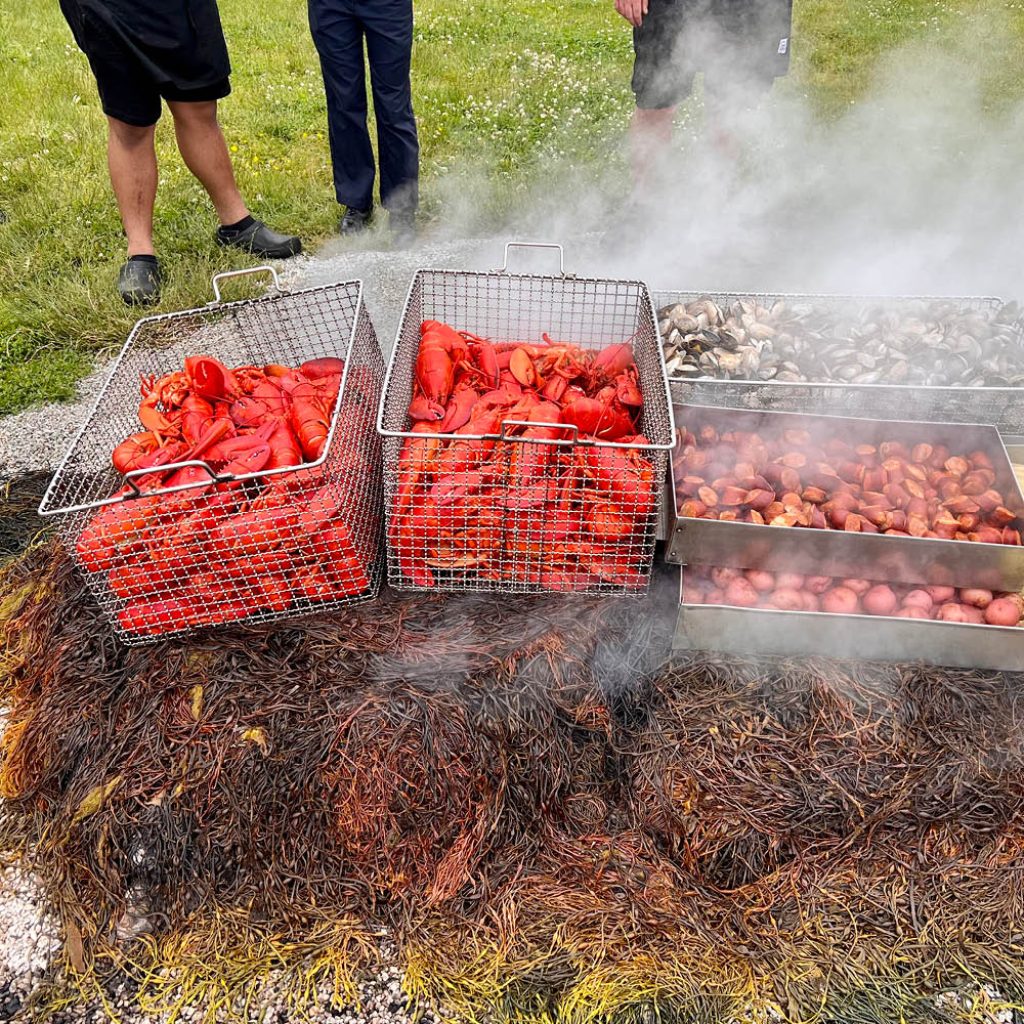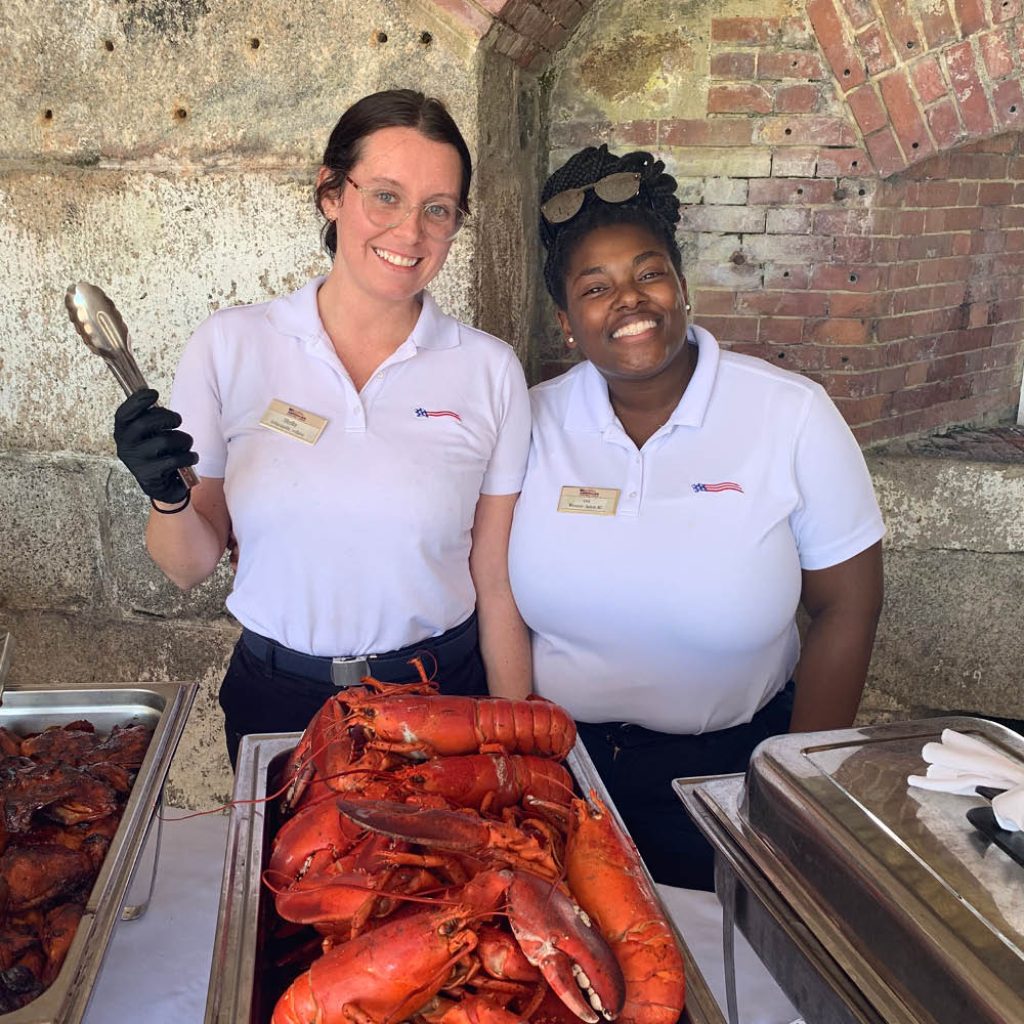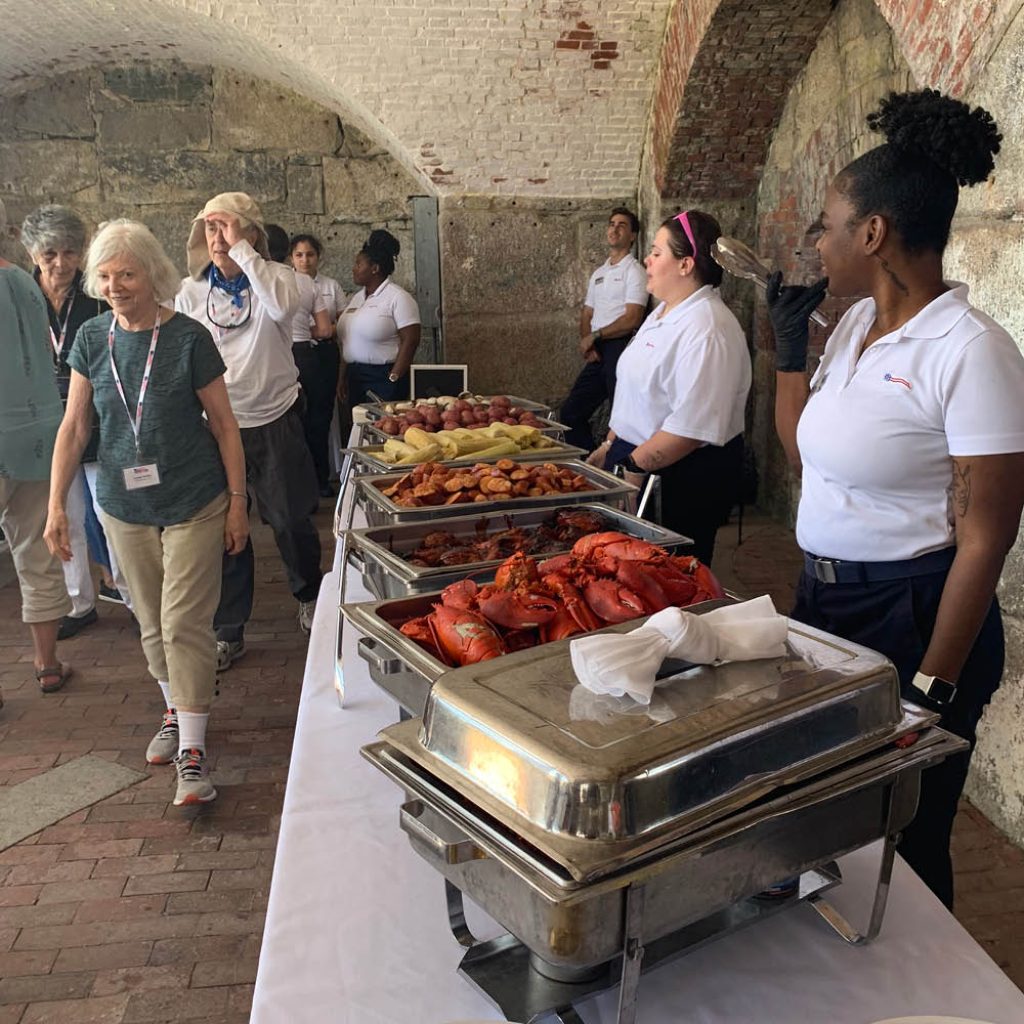
The lobster fishing industry in the Northeast United States boasts a rich history deeply intertwined with the region’s maritime heritage. Dating back to the early days of European colonization lobsters were considered a low-status food, even used as fertilizer and bait. However, by the mid-19th century, lobsters gained popularity and became a delicacy, especially in the Northeast.
The rugged coastline of Maine became synonymous with lobster fishing and, in the late 1800s, lobstering transitioned from small-scale, hand-line fishing to the use of traps or “pots,” allowing for more efficient harvesting. This revolutionized the industry and promoted expansion, proving that lobstering could be a significant economic driver for coastal communities. Regulations were eventually implemented to ensure sustainable practices and prevent overfishing, turning the lobstering industry into a model for successful fisheries management. These regulations employ measures such as size limits, trap limits, and seasonal closures, contributing to the resilience of lobster populations and the overall health of the industry.
Fast forward to the present, and the lobster fishing industry remains a vital part of the Northeast’s economy, with Maine as its epicenter, where the distinctive red-and-white buoys that mark each fisherman’s traps are a common sight along the picturesque coastline. Despite challenges such as fluctuations in populations, changing ocean temperatures, and the impact of climate change, lobstermen, scientists, and policymakers continue to collaborate to address these challenges and ensure the longevity of this iconic fishery. The industry has expanded beyond domestic markets, with international demand growing steadily, particularly in Asia.
As for lobster consumption, the variety of ways lobster is prepared reflects its status as a versatile and sought-after delicacy. From traditional New England lobsterbake to lobster rolls, fine dining establishments often feature lobster as a centerpiece, prepared in diverse ways such as lobster bisque, lobster thermidor, or grilled lobster tails, showcasing its adaptability in various culinary creations. Lobster is also good for health, being low in fat and calories and high in protein, vitamin B12, and other essential minerals. The diverse and delicious ways in which lobster can be prepared ensures its place as a cherished and celebrated seafood delicacy. Is your mouth watering yet?



Savor a lobster bake on all New England cruises with American Cruise Lines, aboard one of their newest small ships, American Liberty, American Glory, or American Eagle, each a catamaran-inspired vessel accommodating just 100 passengers. Call today for more information.


